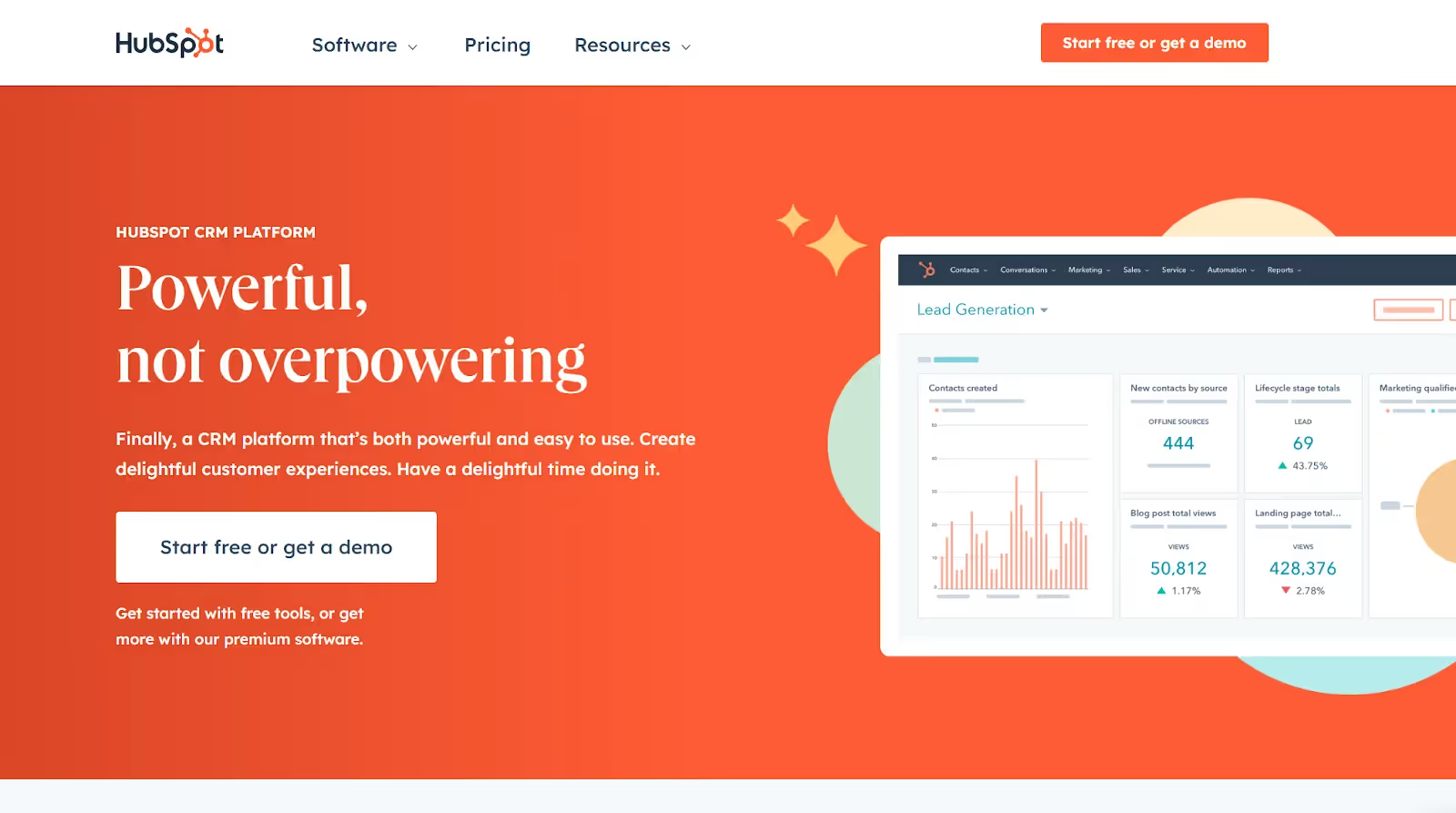How to Automate Your Processes With RevOps
Revenue Operations (RevOps) is a framework that helps SaaS brands to streamline growth marketing, sales, and customer success through data. This approach facilitates revenue growth by improving the customer experience.
The challenge for companies is that they are lost on where to start, as RevOps is a new concept. For instance, you don’t know what kind of customer data you need to collect in a typical customer lifecycle.
Honestly, it is challenging, considering the complexity of optimizing revenue generation.
But don’t worry. A lot of those internal processes consist of repetitive tasks, and with the help of the right automation tools, you exceed your revenue goals.
Below, we have explained how you can collect relevant data, analyze it to integrate it with your process, and use it to improve the revenue of your SaaS brand.
RevOps Automation Benefits
Internal processes and business functions improve by leveraging automation in revenue operations in the following ways:
- Improve revenue. Automation lets you do more with fewer resources. For instance, with marketing automation, you can simultaneously nurture many leads to motivate them to take the next step in the customer journey.
- Reduce reliance on human labor. This will decrease or eliminate bottlenecks or dependencies within your team. For example, sales teams won’t be waiting for approval to implement a new strategy for increased revenue generation.
- Embrace marketing innovations. RevOps teams can implement new operations processes quickly. For example, if the data shows that email automation is necessary, transitioning to it will be simple.
How To Embrace RevOps
Now let’s take a look at how marketing, sales, and customer success teams can use automation solutions to adopt RevOps.
Use it in Email Marketing
You can implement it in two ways:
- Automated emails. The right RevOps strategy will automate multiple processes by automating customer interactions. For instance, sending follow-up emails can be tedious if you are doing it manually.
- Targeted emails. Send the right message to the right audience. For instance, it doesn’t make sense for you to send the features of using Product A if a lead has signed up from a landing page featuring Product B.
It will help to use email automation platforms like HubSpot.

Smarten Your Sales Calls
Sales reps are humans in the loop who carry out a crucial part of the sales process: making direct contact with the prospect by calling them.
This step is important as it helps you establish rapport with your potential customer and make the sales pipeline efficient. However, it can be challenging due to factors like the volume of calls or managing the details of each lead you are calling.
RevOps software like WhatConverts can help sales teams reach their leads on time with features like automated data entry and profile updates.

Take Up Task Tracking
Teams that follow agile methodologies must constantly adapt to changing conditions. It becomes even more challenging when there are multiple departments involved during processes like project management.
RevOps automation tools such as Zapier and Process Street help cross-functional teams complete their tasks within deadlines.

Automate Lead Scoring
One of the most tedious tasks that operations teams have is estimating the likelihood of a lead converting. If this step is not carried out properly, the sales team will not only spend a lot of resources but also will have a hard time closing deals.
As data comes from multiple sources, tools like Zoho CRM and Freshsales use Artificial Intelligence (AI) to forward the hot leads to sales.

Use it in Customer Health Scoring
Customer health scoring is a technique to gauge and improve customer satisfaction so that they keep returning for more.
The challenge here is that this process will add more powerful tools to your tech stack that you need to spend time and labor on. Fortunately, ops teams can rely on process automation to make this step easier.
Need Help With RevOps? Try Matter Made
RevOps automation helps brands save resources such as time and labor by automating certain tasks through data. Operation teams can embrace it in their sales, marketing, and customer success process in the following ways:
- Nurture leads and market better to your existing customers by automating email marketing with the help of CRM tools.
- Call your leads with the relevant details at the right time to get to the deal stage faster through calling tools.
- Ensure all the team members are aware of tracking and capable of finishing their tasks through AI-powered task management tools.
- Collect information from various data sources so that you forward the qualified leads to sales.
- Track how happy your customers are, as customer retention is crucial for growing revenue.
To get the full benefits of RevOps for your company, you need an experienced team that can identify areas of improvement and build data-backed automated processes that drive efficiency.
That’s where we come in.
Matter Made has unlocked the full potential of many brands through RevOps automation. Be it streamlining marketing and sales ops, building PLG sales funnels, managing multiple promotional campaigns, or building end-to-end pipelines — we have done it all.
Interested? Let’s talk.












